Die Walküre is set in mythological times, when gods, giants, dwarves, and humans all contend for power.
Metropolitan Opera Season
Sunday 5 May 2019 at 6pm on RNZ Concert
WAGNER: Die Walküre
While the first part of the cycle, Das Rheingold, moves between realms above and below the earth, Die Walküre takes place entirely in human territory, as the balance of power in the cosmic struggle tips ever so slowly toward humanity.
The second opera in Wagner’s monumental Ring cycle, Die Walküre has long stood on its own as an evening of extraordinarily powerful theatre. Part of this appeal lies in its focus on some of the Ring’s most interesting characters at decisive moments of their lives: Wotan, the leader of the gods; his wife, Fricka; his twin offspring, Siegmund and Sieglinde; and, above all, Wotan’s warrior daughter Brünnhilde.
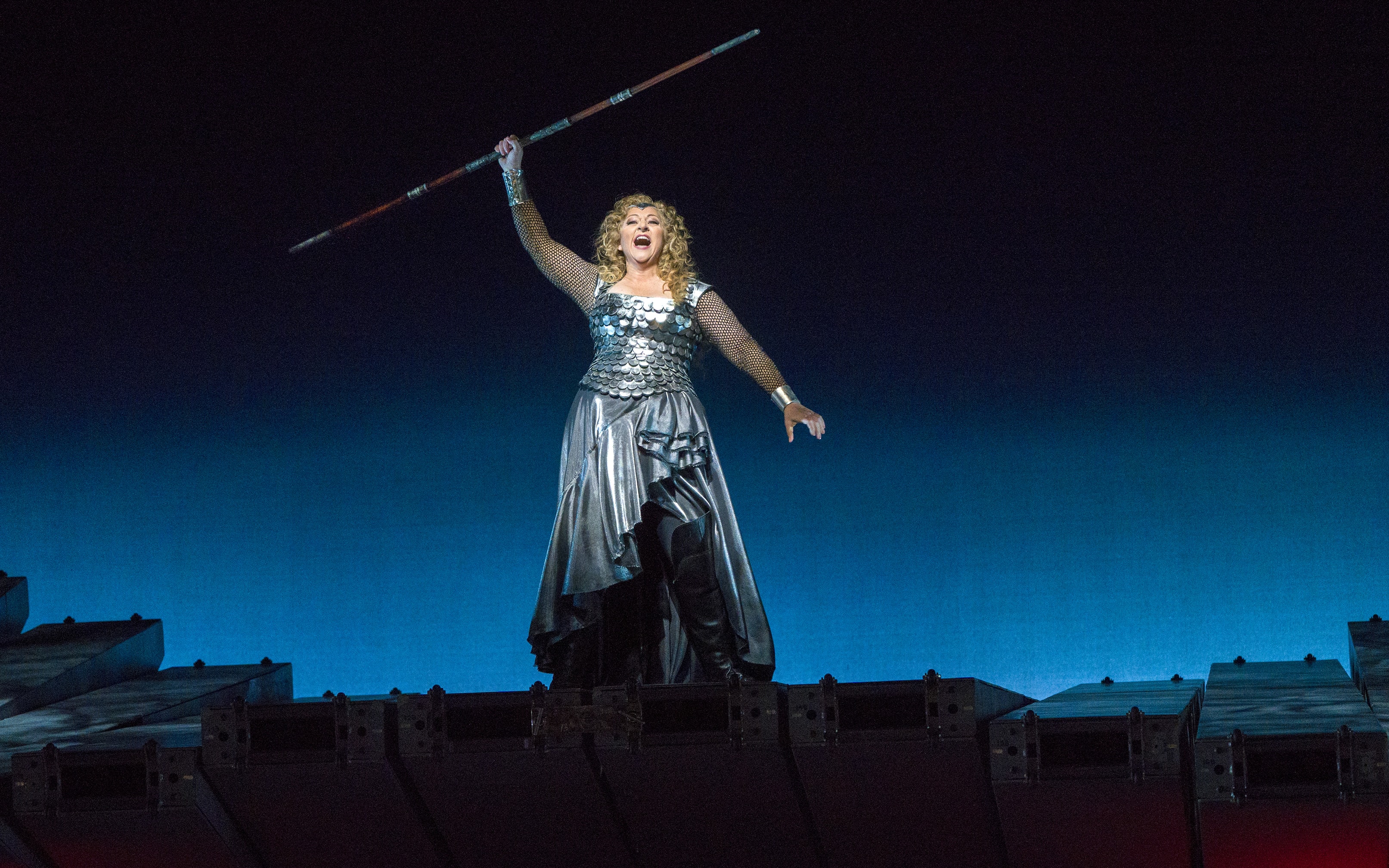
A scene from Die Walküre at The Met Photo: Richard Termine/ Met Opera
These characters and others follow their destinies to some of Wagner’s most remarkable music.
Cast:
Christine Goerke (Brünnhilde), Eva-Maria Westbroek (Sieglinde), Jamie Barton (Fricka), Stuart Skelton (Siegmund), Greer Grimsley (Wotan), Günther Groissböck (Hunding), Metropolitan Opera Chorus & Orchestra/Philippe Jordan
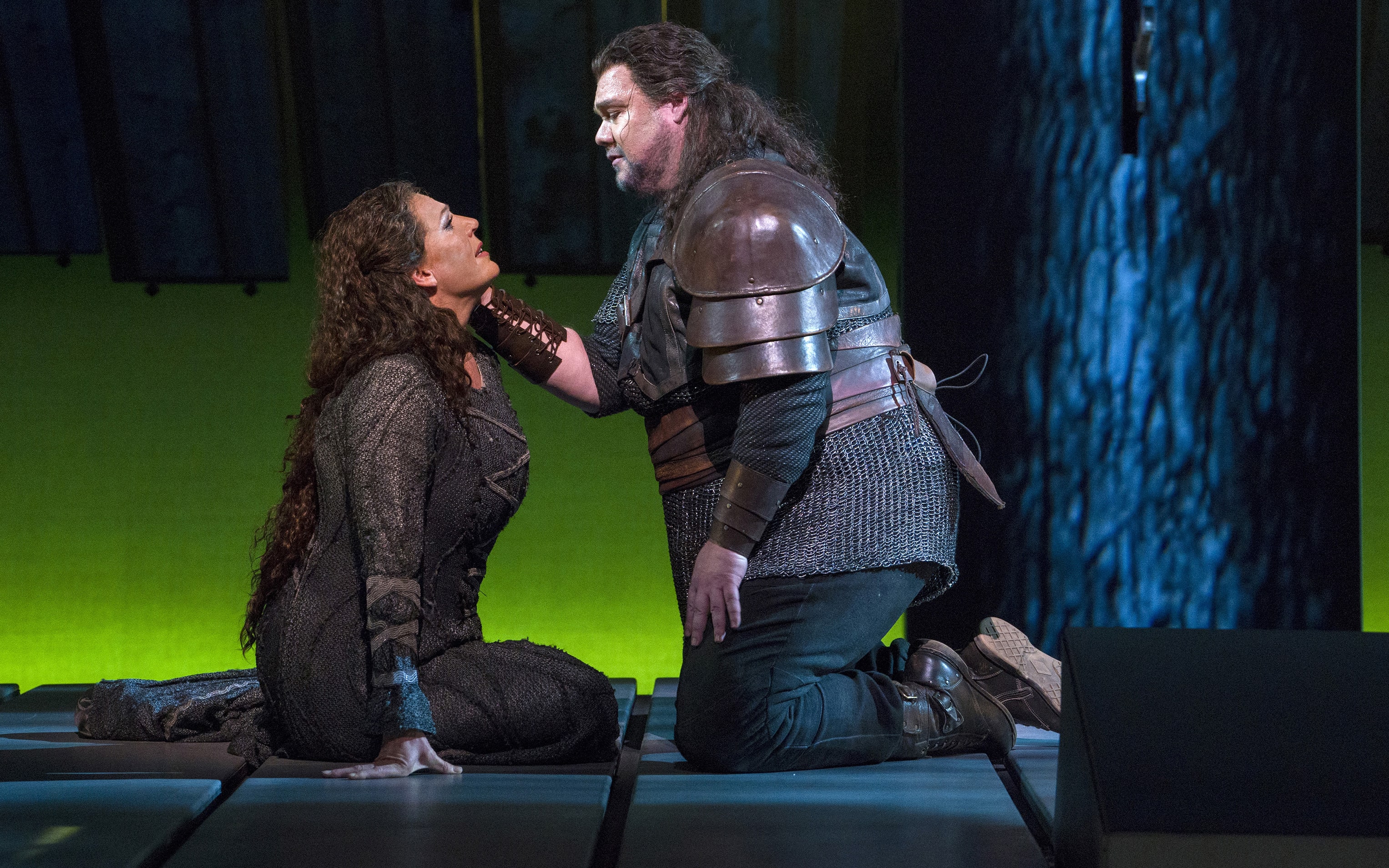
Sieglinde and Siegmund at The Met Photo: Richard Termine/ Met Opera
Throughout the Ring cycle, Wagner uses a system of musical themes, or leitmotifs, associated with characters, events, emotions, and things. The entire first act of Die Walküre depicts the experience of falling in love in one great arc, from initial attraction to consummation. It is one of the theatre’s most convincing portrayals of the power of love—even if the lovers in question are in fact twin brother and sister.
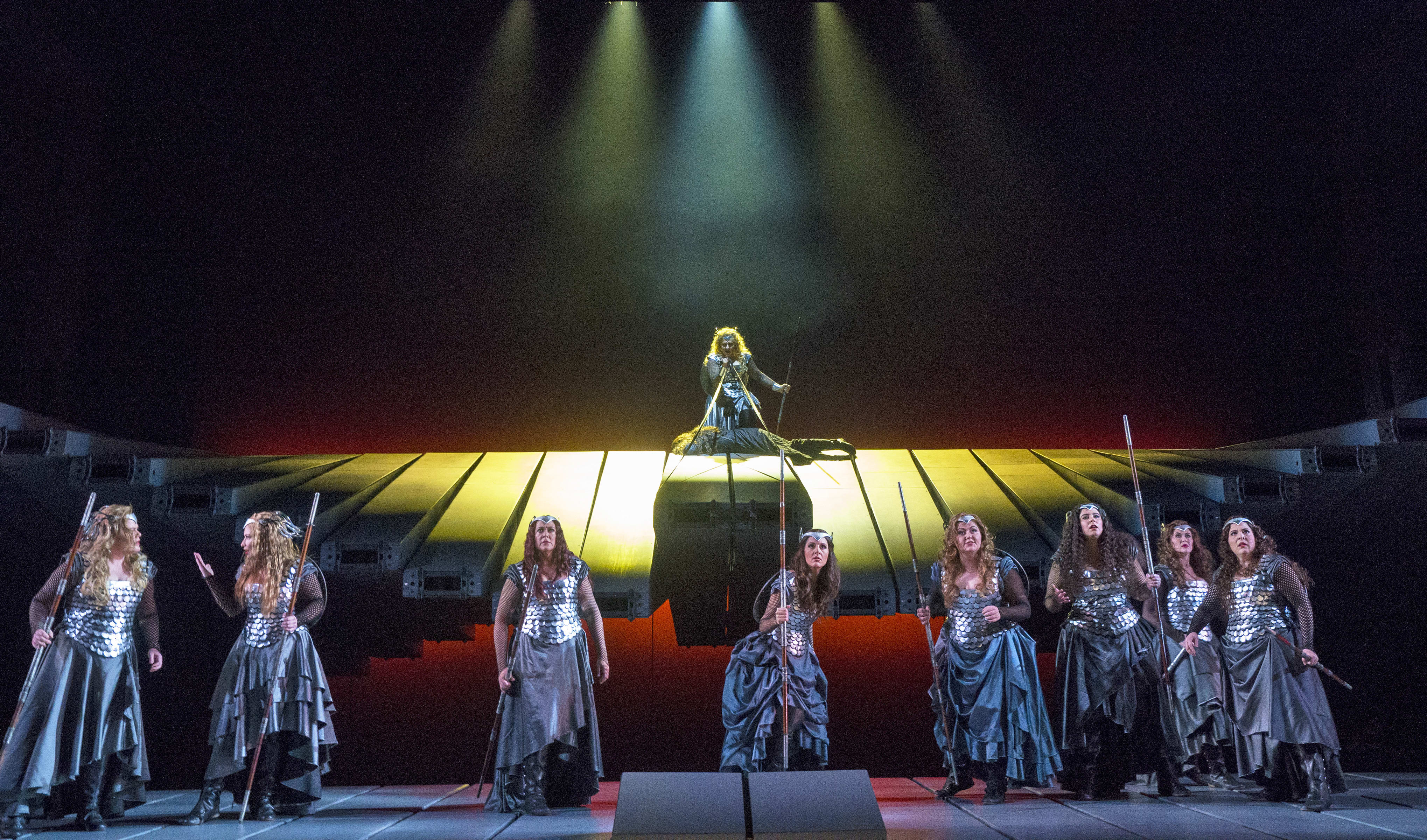
The Valkyries at The Met Photo: Richard Termine/ Met Opera
Act III opens with the famous Ride of the Valkyries. In a dramatic masterstroke, Wagner uses the sound of eight powerful female voices, punctuated by shrieking laughter, to depict the terrible thrill of combat.
The opera ends with some of the most moving music ever composed, as Wotan intones his farewell to Brünnhilde.
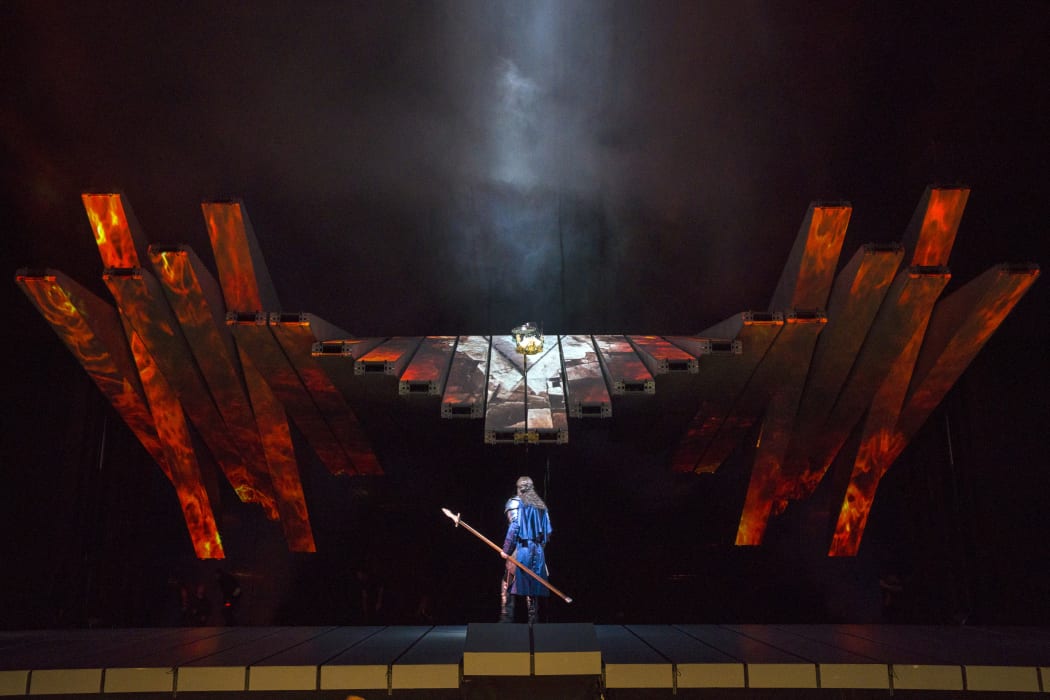
A scene from Act III of Die Walküre at The Met Photo: Richard Termine/ Met Opera
Richard Wagner (1813–1883) was the complex, controversial creator of music-drama masterpieces that stand at the centre of today’s operatic repertory. Born in Leipzig, Germany, he was an artistic revolutionary who reimagined every supposition about music and theatre. Wagner wrote his own librettos and insisted that words and music were equal in his works. This approach led to the idea of the 'Gesamtkunstwerk', or 'total work of art', combining music, poetry, architecture, painting, and other disciplines, a notion that has had an impact on creative fields far beyond traditional operatic territory.
Robert Lepage’s innovative staging of opera’s ultimate epic, Wagner’s four-installment Der Ring des Nibelungen, is one of the most ambitious productions ever conceived for the operatic stage.
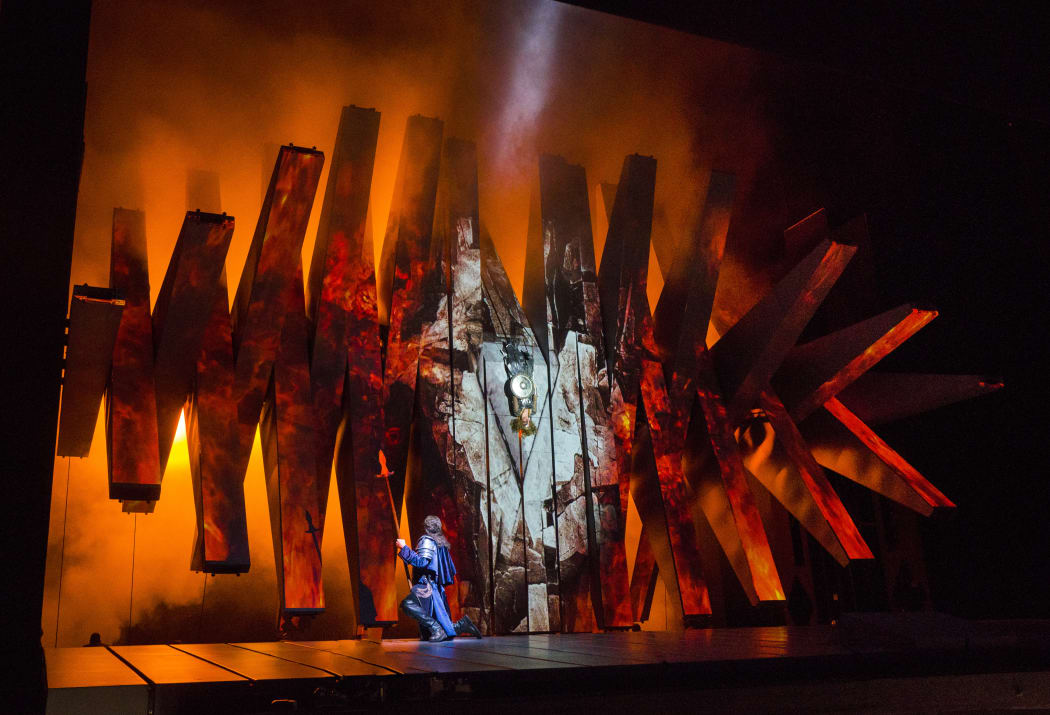
A scene from Die Walküre at The Met Photo: Richard Termine/ Met Opera
Lepage’s staging relies on what has become known as 'the machine', a 90,000-pound apparatus that comprises 24 30-foot-long aluminum planks suspended between two 26-foot-tall steel towers, plus the requisite machinery to make the planks rise, fall, and spin. An ingenious piece of stagecraft, the machine incorporates several complex systems that must operate in perfect harmony.
Related:
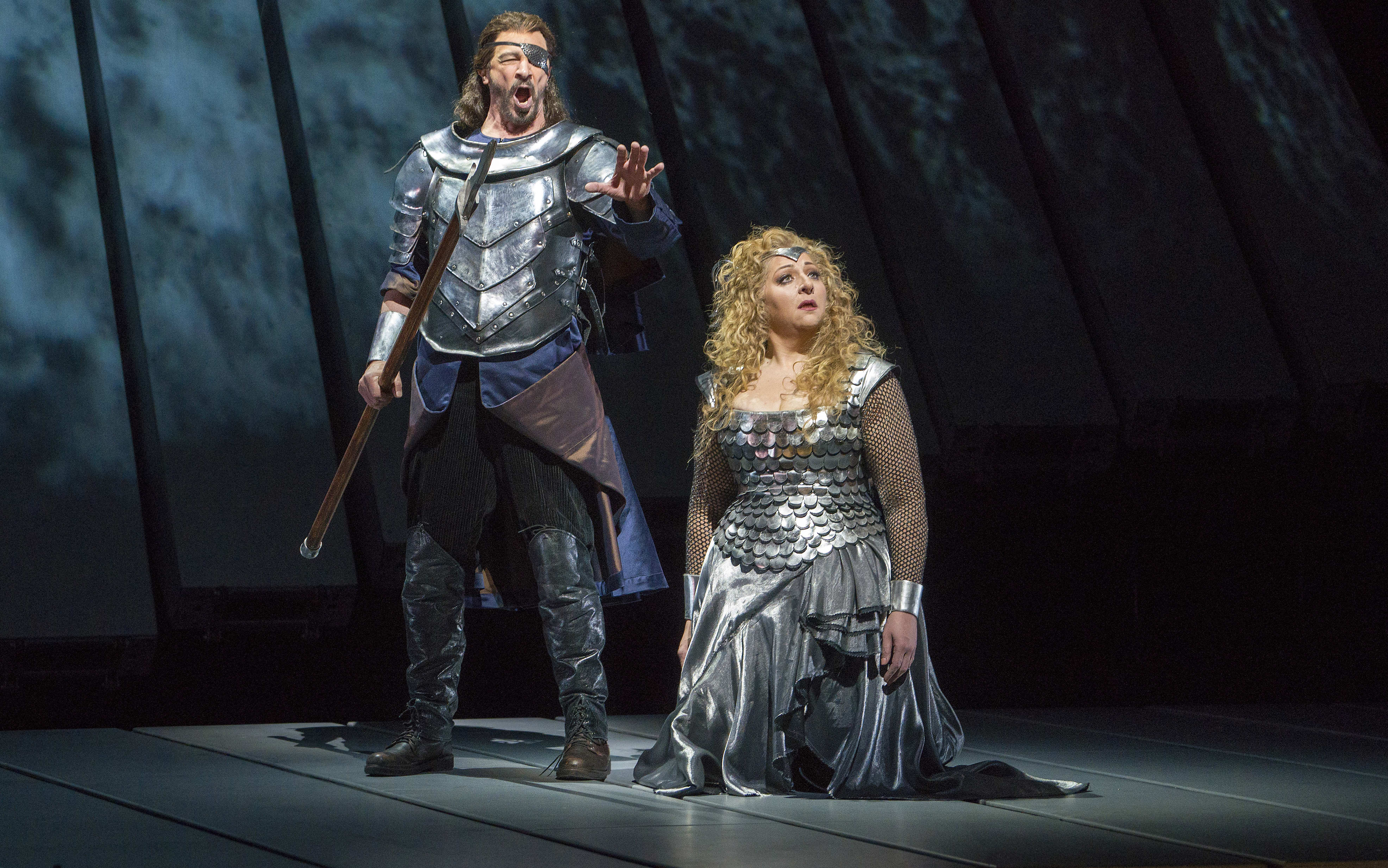
Wotan and Brünnhilde at The Met Photo: Richard Termine/ Met Opera

